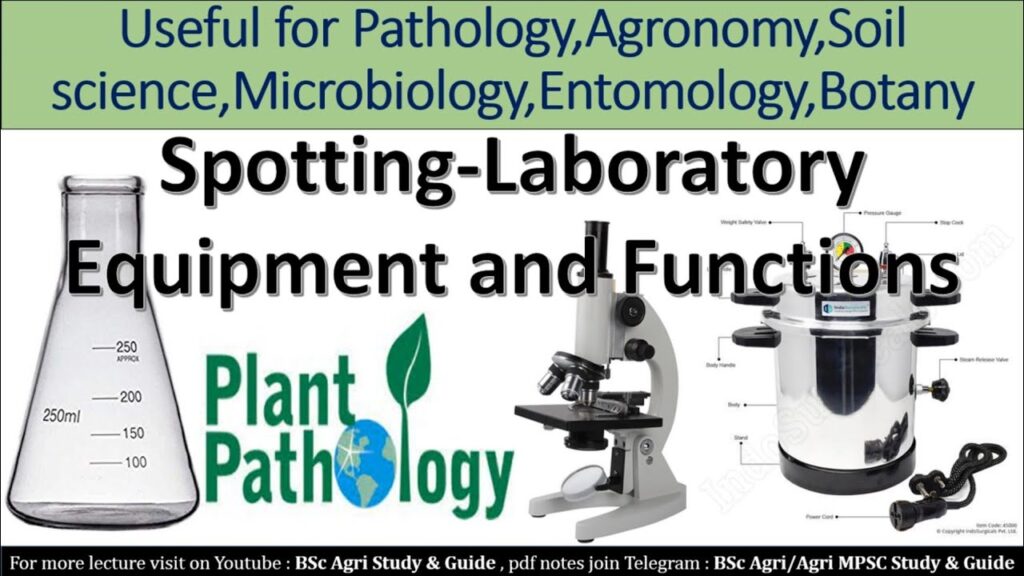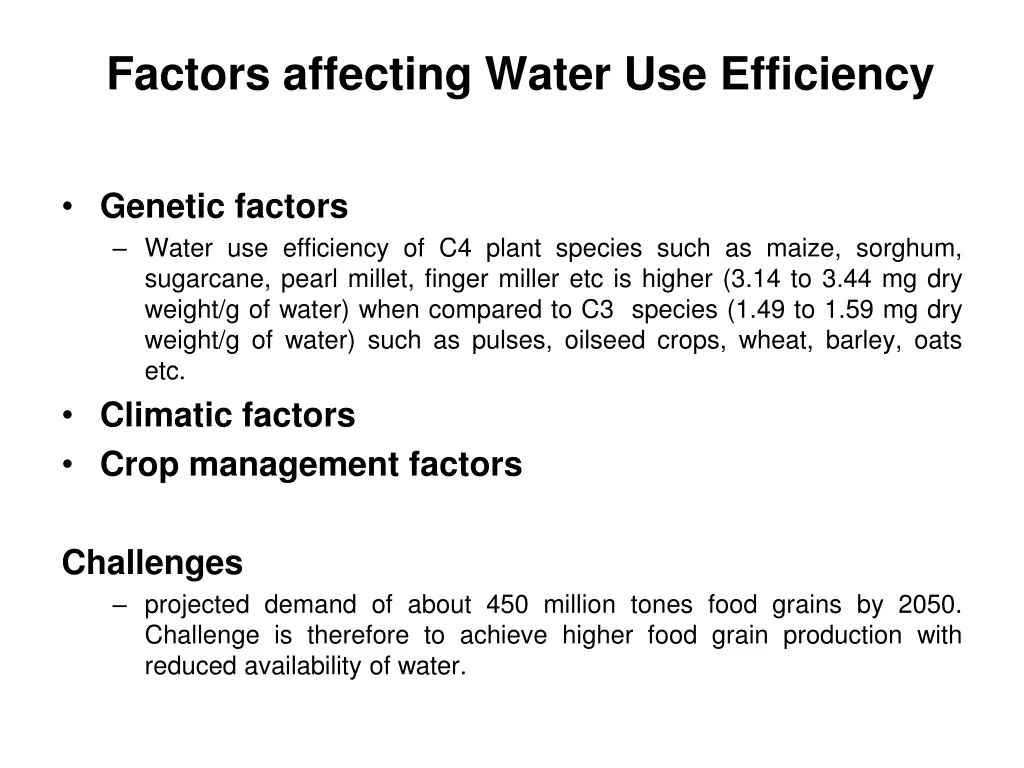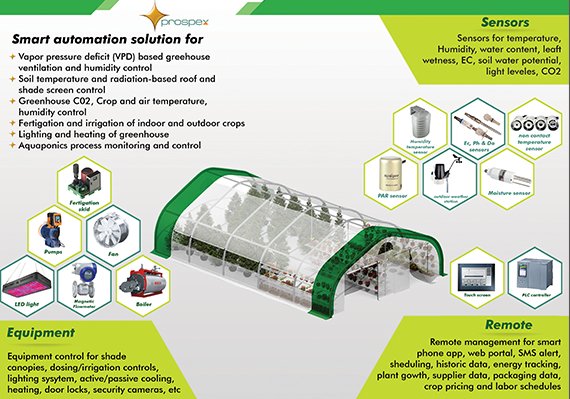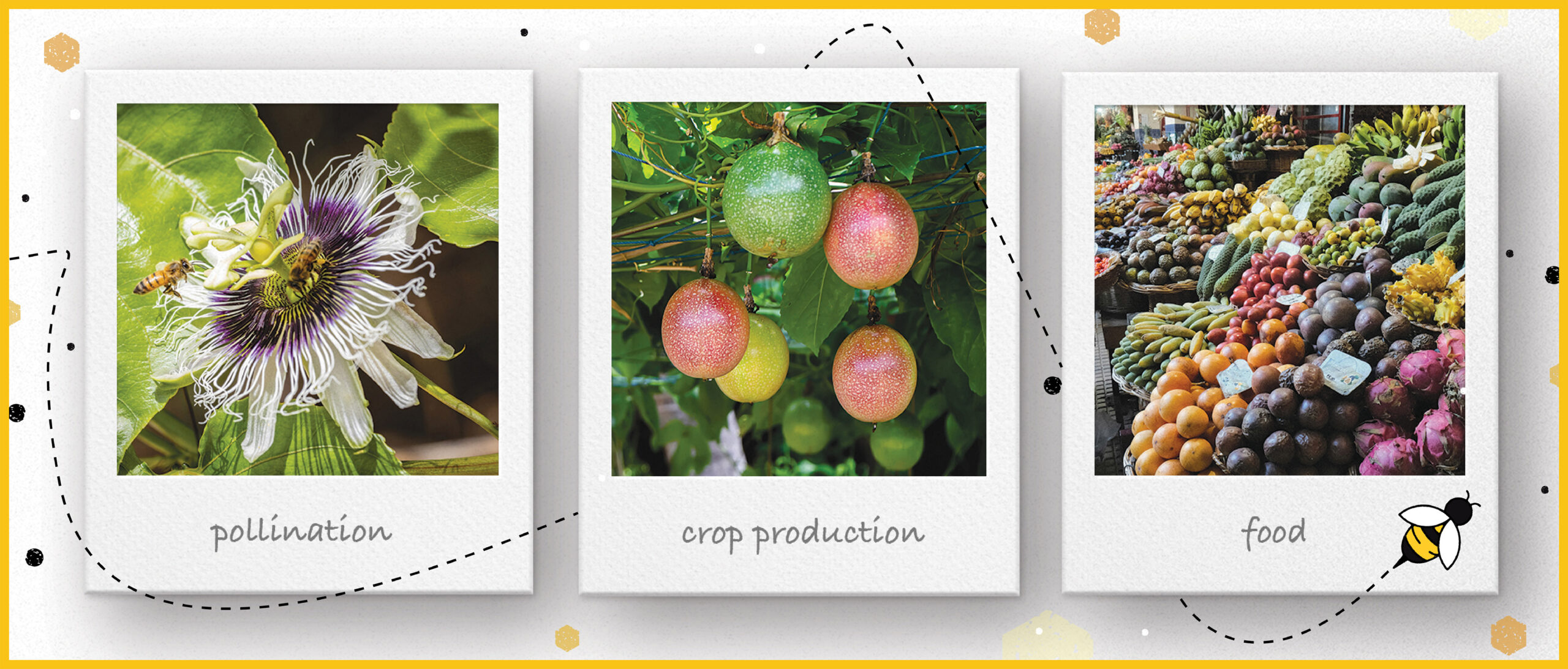
Unveiling the Secrets of Plant Pathology: A Comprehensive Guide to Understanding Plant Diseases
Have you ever strolled through a vibrant garden, admiring the lush greenery and the colorful blooms, only to spot a wilting leaf or an unusual spot on a fruit? If so, you’ve encountered the world of plant pathology. This fascinating field is dedicated to understanding the diseases that affect plants, from the smallest seedling to the tallest tree. Plant pathology is more than just identifying what’s wrong; it’s about understanding the complex interactions between plants, their environment, and the pathogens that cause disease. In this comprehensive guide, we’ll delve into the basics of plant pathology, exploring the key concepts, the major types of plant diseases, and the methods used to diagnose and manage them.
What is Plant Pathology? Defining the Field
Plant pathology, also known as phytopathology, is the scientific study of plant diseases. It encompasses a wide range of disciplines, including biology, microbiology, and ecology. Plant pathologists, the scientists who study plant diseases, work to understand the causes of these diseases, how they spread, and how to prevent and control them. Their work is crucial for ensuring food security, protecting ecosystems, and preserving the beauty of the natural world. Plant pathology is vital to agriculture, horticulture, and forestry, as plant diseases can cause significant economic losses by reducing crop yields and damaging timber resources. The field also plays a critical role in conservation efforts, as plant diseases can threaten endangered species and disrupt delicate ecosystems.
The Importance of Understanding Plant Diseases
Understanding plant diseases is critical for several reasons. First and foremost, it’s essential for ensuring global food security. Plant diseases can decimate crops, leading to food shortages and economic hardship. By understanding how diseases spread and how to control them, we can protect our food supply and ensure that people have access to nutritious food. Secondly, understanding plant diseases is crucial for protecting our environment. Plant diseases can affect native plant populations, potentially leading to the loss of biodiversity. By understanding and managing these diseases, we can help preserve ecosystems and protect endangered species. Finally, studying plant diseases is vital for economic reasons. Plant diseases can cause significant losses for farmers and other agricultural producers. By understanding how to prevent and manage diseases, we can help protect livelihoods and reduce economic losses.
Key Concepts in Plant Pathology
To understand plant diseases, it’s essential to grasp some key concepts:
- Pathogen: A pathogen is any organism or agent that causes disease. This could be a fungus, bacterium, virus, nematode, or even a parasitic plant.
- Host: The host is the plant that is infected by the pathogen.
- Disease: Disease is the abnormal functioning of a plant, caused by a pathogen or environmental factors. It can manifest as a variety of symptoms, such as spots, wilting, or stunted growth.
- Infection: Infection is the process by which a pathogen enters and establishes itself within a host plant.
- Incubation period: The incubation period is the time between infection and the appearance of symptoms.
- Symptoms: Symptoms are the visible or measurable changes in a plant that indicate disease.
- Signs: Signs are the physical evidence of a pathogen, such as fungal fruiting bodies or bacterial ooze.
- Disease cycle: The disease cycle is the sequence of events that occur during the development of a disease, from infection to symptom development to pathogen dispersal.
Major Types of Plant Pathogens
Plant diseases are caused by a variety of pathogens, each with its own characteristics and methods of infection. Here are the major types:
Fungi
Fungi are the most common type of plant pathogen. They are eukaryotic organisms that obtain nutrients by absorbing them from their host plants. Fungi can infect plants through various means, including spores, hyphae (thread-like structures), and direct penetration of plant tissues. Examples of fungal diseases include rusts, mildews, and blights. Fungi cause a wide variety of symptoms, including spots, rots, and wilting. They can be devastating to crops, causing significant yield losses.
Bacteria
Bacteria are single-celled prokaryotic organisms that can cause a variety of plant diseases. They often enter plants through wounds or natural openings, such as stomata (pores on leaves). Bacterial diseases can cause symptoms such as leaf spots, wilts, and soft rots. Bacteria can spread through various means, including wind, water, and insects. Bacterial diseases can be particularly challenging to control, as they are often resistant to many fungicides.
Viruses
Viruses are microscopic pathogens that consist of genetic material (DNA or RNA) enclosed in a protein coat. They infect plants by hijacking the plant’s cellular machinery to replicate themselves. Viral diseases can cause a wide range of symptoms, including mosaic patterns, stunting, and deformities. Viruses are often spread by insects, nematodes, and other vectors. Controlling viral diseases can be complex, as there are often no cures once a plant is infected. Prevention is key, which often involves controlling vectors and using virus-free planting material.
Nematodes
Nematodes, also known as roundworms, are microscopic, worm-like organisms that live in the soil. Some nematodes are plant parasites, feeding on plant roots and causing damage that can lead to stunted growth, nutrient deficiencies, and wilting. Nematodes can be particularly damaging to crops, as they can weaken plants and make them more susceptible to other diseases. Nematode control can involve soil fumigation, crop rotation, and the use of nematode-resistant varieties.
Parasitic Plants
Parasitic plants, such as dodder and witchweed, are plants that obtain nutrients from other plants. They attach to their host plants and extract water and nutrients, weakening the host and reducing its yield. Parasitic plants can be a significant problem in agriculture, as they can be difficult to control. Control methods include hand weeding, herbicide application, and crop rotation.
How Plant Diseases Develop: The Disease Cycle
Understanding the disease cycle is crucial for managing plant diseases. The disease cycle describes the sequence of events that occur during the development of a disease, from infection to symptom development to pathogen dispersal. The key stages in the disease cycle include:
- Inoculation: This is the process by which the pathogen comes into contact with the host plant. Inoculum is the infectious material, such as spores or bacteria, that initiates the infection.
- Penetration: The pathogen enters the host plant. This can occur through natural openings, such as stomata or lenticels, or through wounds.
- Infection: The pathogen establishes itself within the host plant and begins to multiply.
- Incubation: The time between infection and the appearance of symptoms.
- Symptom development: The host plant exhibits visible or measurable changes, such as spots, wilting, or stunted growth.
- Dispersal: The pathogen spreads to new hosts, completing the cycle.
The length of the disease cycle can vary depending on the pathogen, the host plant, and environmental conditions.
Diagnosing Plant Diseases
Accurate diagnosis is the first step in managing plant diseases. Diagnosing a plant disease involves identifying the pathogen and determining the cause of the disease. Plant pathologists use a variety of methods to diagnose plant diseases, including:
- Visual inspection: Examining the plant for symptoms and signs of disease. This can involve looking for leaf spots, wilting, or fungal fruiting bodies.
- Microscopic examination: Using a microscope to examine plant tissues and identify the pathogen. This can involve looking for fungal spores, bacteria, or nematodes.
- Culture and isolation: Growing the pathogen in a laboratory to identify it. This can involve taking a sample of infected plant tissue and growing it on a nutrient medium.
- Molecular techniques: Using DNA or RNA analysis to identify the pathogen. This can involve using PCR (polymerase chain reaction) to amplify the pathogen’s DNA.
Accurate diagnosis is essential for selecting the appropriate management strategies.
Managing Plant Diseases: A Multifaceted Approach
Managing plant diseases involves a variety of strategies aimed at preventing, controlling, and minimizing the impact of diseases. The best approach to disease management often involves an integrated approach, combining several methods to achieve the best results. Here are some common disease management strategies:
Prevention
Prevention is the most effective way to manage plant diseases. Preventive measures aim to reduce the risk of infection. These include:
- Using disease-free planting material: Planting seeds or transplants that are free of pathogens.
- Selecting resistant varieties: Choosing plant varieties that are resistant to specific diseases.
- Practicing crop rotation: Rotating crops to break the disease cycle and reduce the buildup of pathogens in the soil.
- Providing proper plant care: Providing plants with adequate water, nutrients, and sunlight to promote healthy growth and reduce their susceptibility to disease.
- Sanitation: Removing and destroying infected plant debris to prevent the spread of pathogens.
Cultural Practices
Cultural practices are techniques that can be used to create an environment that is less favorable for disease development. These include:
- Proper irrigation: Avoiding overwatering, which can create favorable conditions for fungal diseases.
- Spacing plants properly: Allowing for adequate air circulation to reduce humidity and prevent the spread of pathogens.
- Pruning: Removing infected plant parts to prevent the spread of disease.
- Controlling weeds: Weeds can harbor pathogens and serve as alternative hosts.
Chemical Control
Chemical control involves using pesticides, such as fungicides, bactericides, and insecticides, to control plant diseases. Chemical control should be used judiciously and in accordance with label instructions. It’s important to consider the potential environmental impacts of pesticides and to use them only when necessary. Chemical control is often used as a last resort, when other methods have failed or are not effective. Always follow the label instructions carefully when using any pesticide.
Biological Control
Biological control involves using beneficial organisms, such as bacteria, fungi, or insects, to control plant diseases. Biological control can be a sustainable and environmentally friendly way to manage plant diseases. Examples of biological control include:
- Using beneficial fungi to compete with pathogens: Some fungi can outcompete pathogens for resources, reducing their ability to infect plants.
- Using bacteria to produce antibiotics that kill pathogens: Some bacteria produce substances that can kill or inhibit the growth of pathogens.
- Using insects to feed on pathogens: Some insects can feed on pathogens, reducing their populations.
Integrated Pest Management (IPM)
IPM is a comprehensive approach to plant disease management that combines multiple methods to prevent and control diseases. IPM emphasizes prevention, monitoring, and the use of multiple control strategies, including cultural practices, biological control, and chemical control. IPM aims to minimize the use of pesticides and to promote sustainable agricultural practices. IPM is a holistic approach that considers the entire plant ecosystem.
Specific Plant Diseases and Their Management
Here are a few examples of common plant diseases and their management strategies:
Powdery Mildew
Powdery mildew is a fungal disease that affects a wide range of plants, including roses, cucumbers, and grapes. Symptoms include a white, powdery coating on leaves, stems, and flowers. Management strategies include:
- Selecting resistant varieties.
- Providing adequate air circulation.
- Removing and destroying infected plant parts.
- Applying fungicides, such as sulfur or neem oil, as needed.
Downy Mildew
Downy mildew is another fungal disease that affects a variety of plants. Symptoms include yellow or pale green spots on leaves, often with a fuzzy growth on the underside of the leaves. Management strategies include:
- Selecting resistant varieties.
- Providing adequate air circulation.
- Avoiding overhead irrigation.
- Applying fungicides, such as copper-based products, as needed.
Tomato Blight
Tomato blight is a fungal disease that can devastate tomato crops. Symptoms include brown or black spots on leaves and stems, and fruit rot. Management strategies include:
- Selecting resistant varieties.
- Providing adequate air circulation.
- Removing and destroying infected plant parts.
- Applying fungicides, such as chlorothalonil, as needed.
Rust
Rust is a fungal disease that affects many plants, including roses, beans, and wheat. Symptoms include reddish-brown or orange pustules on leaves and stems. Management strategies include:
- Selecting resistant varieties.
- Removing and destroying infected plant parts.
- Applying fungicides, such as sulfur or copper-based products, as needed.
The Future of Plant Pathology
Plant pathology is a dynamic and evolving field. As the world faces increasing challenges, such as climate change and global food security concerns, the role of plant pathologists will become even more critical. Future developments in plant pathology are likely to focus on:
- Developing new disease-resistant varieties: Breeding plants that are resistant to a wider range of diseases.
- Improving disease diagnostics: Developing faster and more accurate methods for diagnosing plant diseases.
- Developing sustainable disease management strategies: Finding environmentally friendly ways to control plant diseases, such as using biological control agents and integrated pest management.
- Addressing emerging plant diseases: Responding to new and emerging plant diseases that threaten crops and ecosystems.
The field of plant pathology offers a fascinating and rewarding career path for those interested in science, agriculture, and the environment. By understanding the basics of plant pathology, we can all play a role in protecting our food supply, preserving ecosystems, and ensuring the beauty of the natural world.
Conclusion
Plant pathology is a complex and vital field that plays a critical role in protecting our food supply, preserving ecosystems, and ensuring the health of our environment. By understanding the key concepts, the major types of plant diseases, and the methods used to diagnose and manage them, we can all contribute to the health and well-being of plants and the planet. From the smallest seedling to the tallest tree, understanding plant diseases is key to a sustainable future. So, the next time you admire a beautiful garden or enjoy a delicious meal, remember the importance of plant pathology and the dedicated scientists who work tirelessly to protect our plants from disease.


